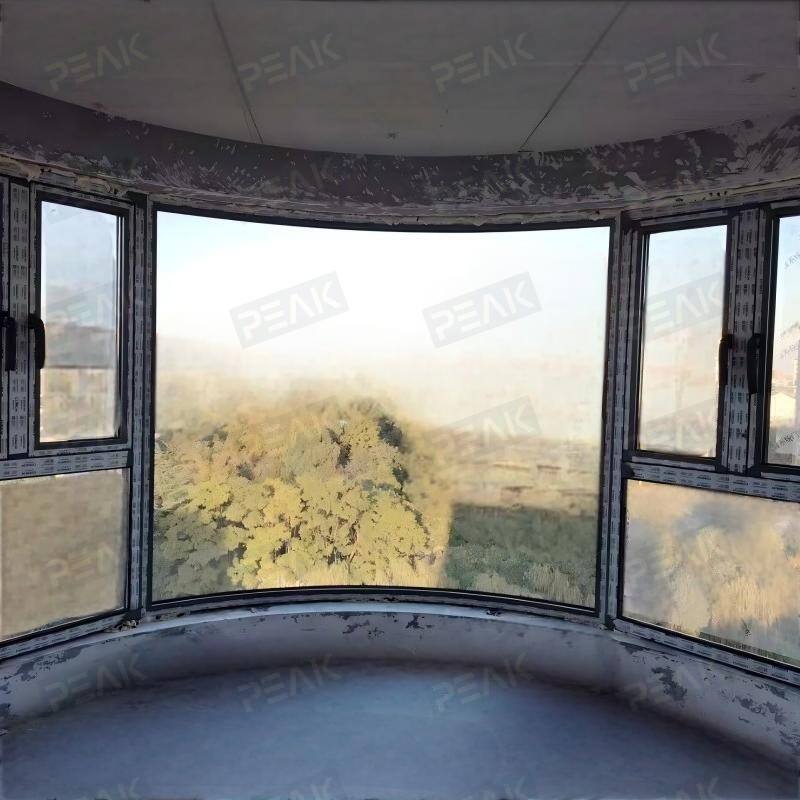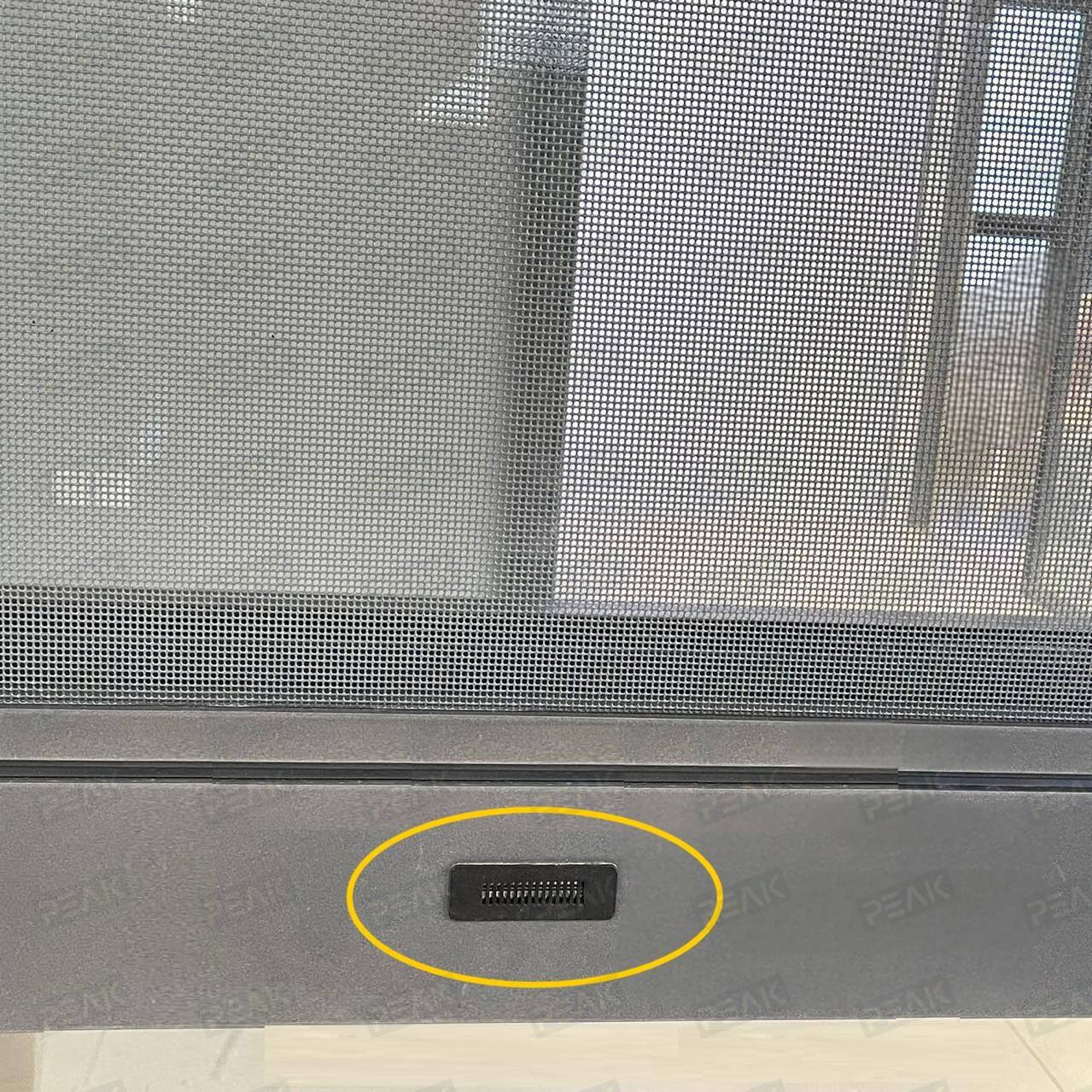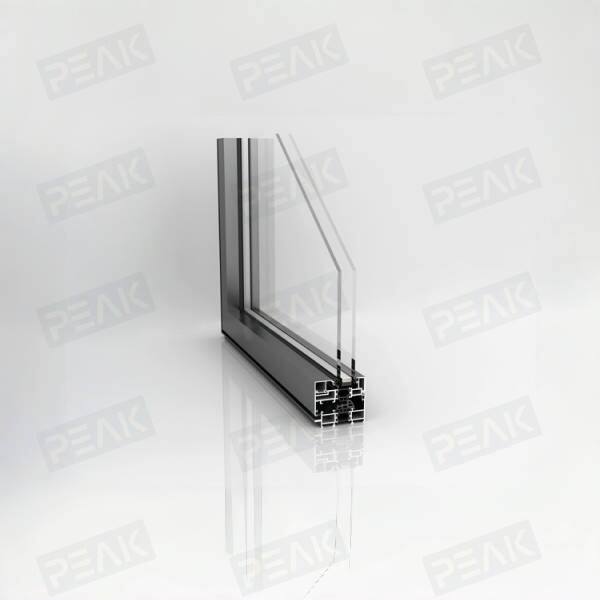dustproof & antismog doors and windows made in china
Dustproof and antismog doors and windows made in China represent cutting-edge solutions for maintaining clean indoor environments. These advanced systems incorporate multiple layers of protection, including high-density sealing strips, specially treated glass panels, and innovative filtration mechanisms. The construction features precision-engineered frames, typically crafted from premium aluminum or PVC materials, with multi-point locking systems that ensure airtight sealing. The windows utilize advanced mesh technology with microscopic pores that effectively filter out dust particles, PM2.5, and other airborne pollutants while maintaining optimal ventilation. These systems are equipped with smart pressure-balancing technology that prevents air leakage and maintains consistent indoor air quality. The glass panels are often treated with special coatings that repel dust and make cleaning easier. Installation options include both sliding and hinged designs, suitable for residential buildings, commercial spaces, and industrial facilities. The technology behind these systems has been continuously refined through rigorous testing in real-world conditions across various Chinese industrial centers, ensuring reliable performance in even the most challenging environmental conditions.


